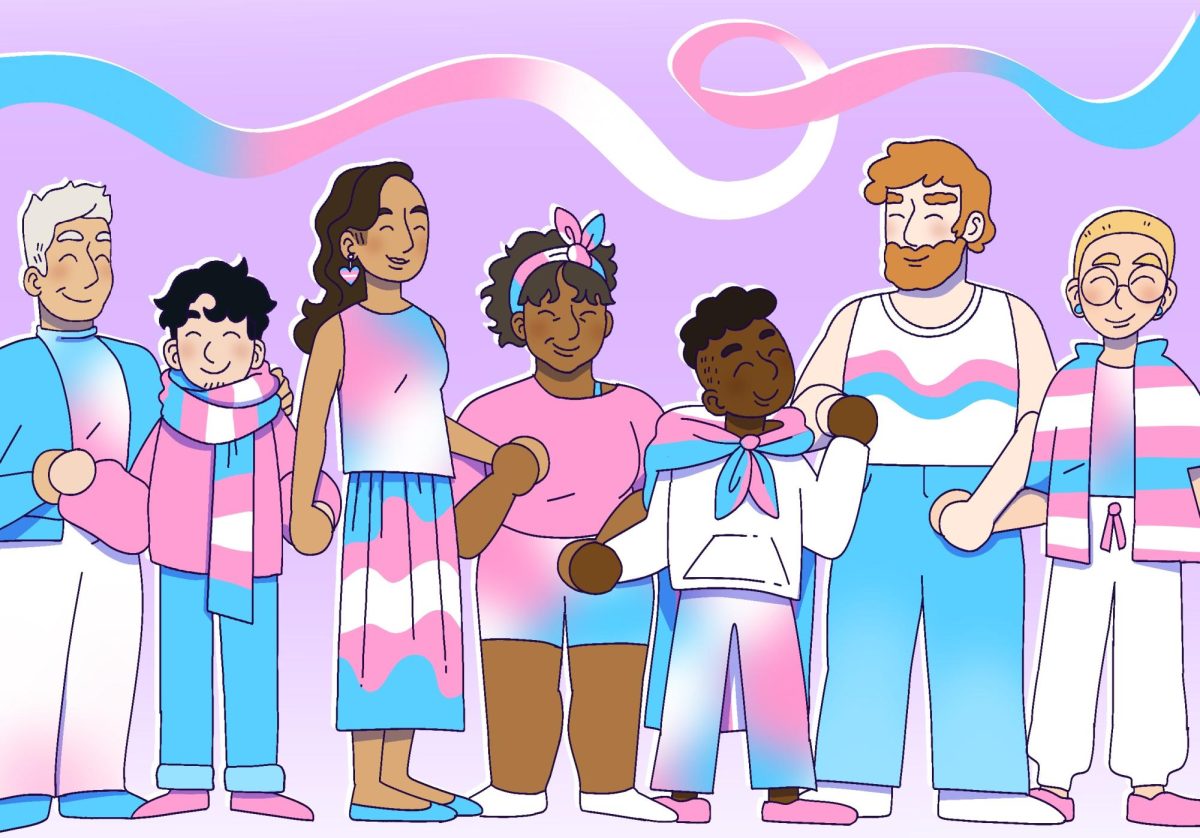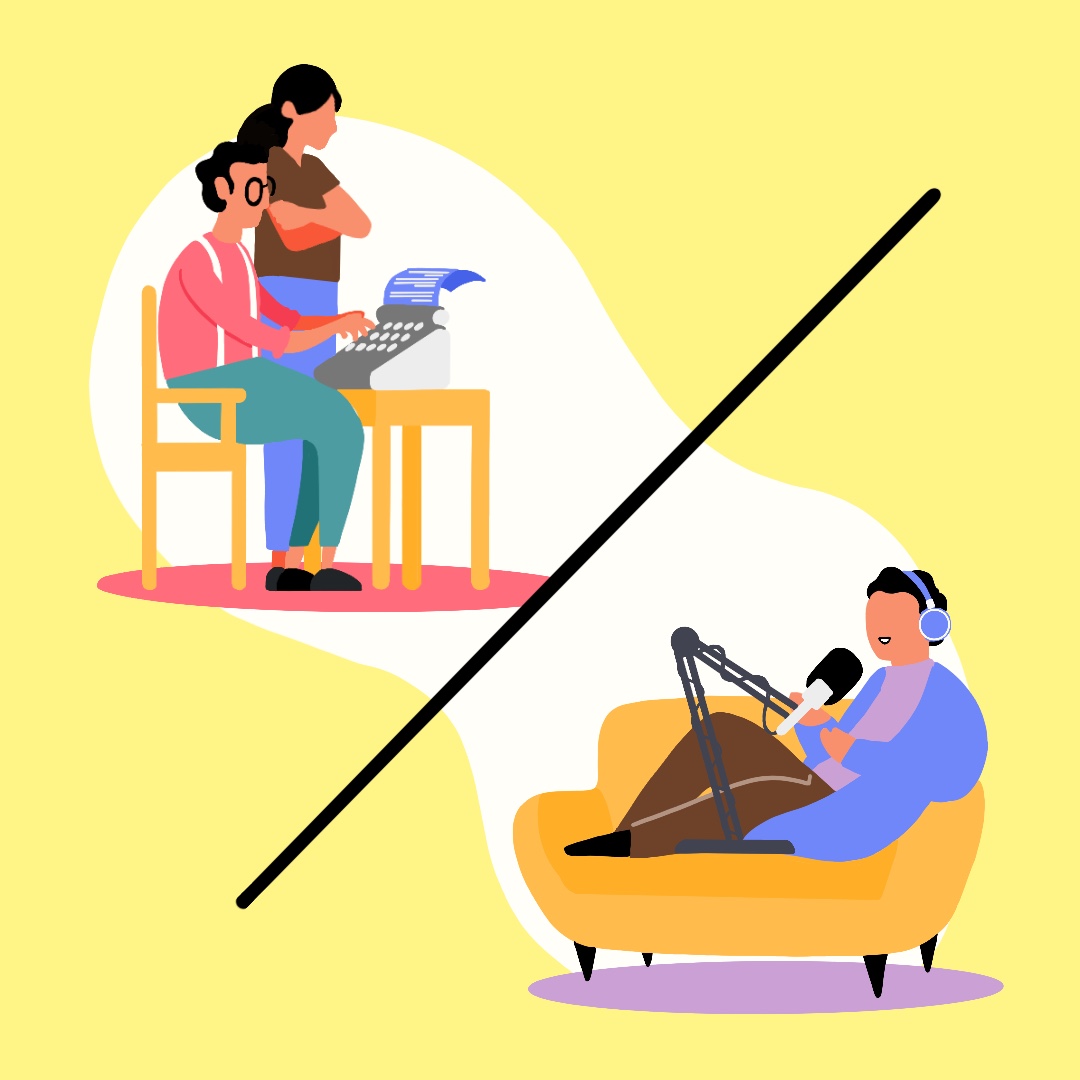In 2017, Minneapolis and St. Paul became front-runners among Midwestern cities to adopt a $15 minimum wage. Both cities have implemented a plan to achieve the wage increase by 2024.
By state law, minimum wage is $9.86 for large employers and $7.87 for smaller employers. However, considering the cost of living in a metropolis, these rates put many workers thousands of dollars below the poverty line. St. Paul Mayor Melvin Carter stated the wage hike will impact about 56,000 workers in the cities. However, among those fallen through the cracks and caveats of legal policy are University of Minnesota student workers.
The University is a land-grant institution that was parceled out in the 1860s as a result of the Morrill-Land Grant Act. The act displaced many Native American populations and deemed the campus property federally owned. The land-ownership transfer created lasting repercussions for its original inhabitants, the Dakota, and also for its future students.
For example, since the University is under federal jurisdiction, campus minimum wage is only legally subject to change by the state, not Minneapolis or St. Paul.
At this time, one cannot simply take a few steps off campus, find a job similar to the ones offered on campus and immediately expect to be paid $15 an hour. The current plan is to gradually increase minimum wage in the cities over the next few years. Right now, the large-business minimum wage in Minneapolis is around $12.25 and heading for $13.25 this summer. By comparison, however, most student jobs run between $10 and $11.75 per hour.
In fairness, on-campus jobs offer certain advantages which outside employers do not, but this only reinforces student dependency and the need for higher-paying positions on campus. Transportation options put students at a disadvantage by limiting them to jobs within walking, biking or busing distance. On-campus jobs are also well known for offering flexible hours, compatible with academic obligations, of which other employers might not be as understanding.
University fees have been growing at a steady increase over the last decade. According to College Tuition Compare, tuition and fees alone at the U have increased over 119% in the last 10 years. In that same time, the total cost of attendance (which also includes books, housing and living) has grown 68%. Student job compensation is not reflective of these growing costs, which forces students to divert more of their time away from academics.
In a recent activity report from the Minnesota Student Association, the committee outlined the details of a meeting held last month to discuss student wages with President Gabel. The discussion was inconclusive, but they have plans to meet again this February. The question about where funding for higher student wages will come from is inevitable, but proponents hope to impress upon University faculty the severity of the issue. Students need the flexibility of on-campus employment to focus on their academic endeavors and compensation that is proportional to their needs.














